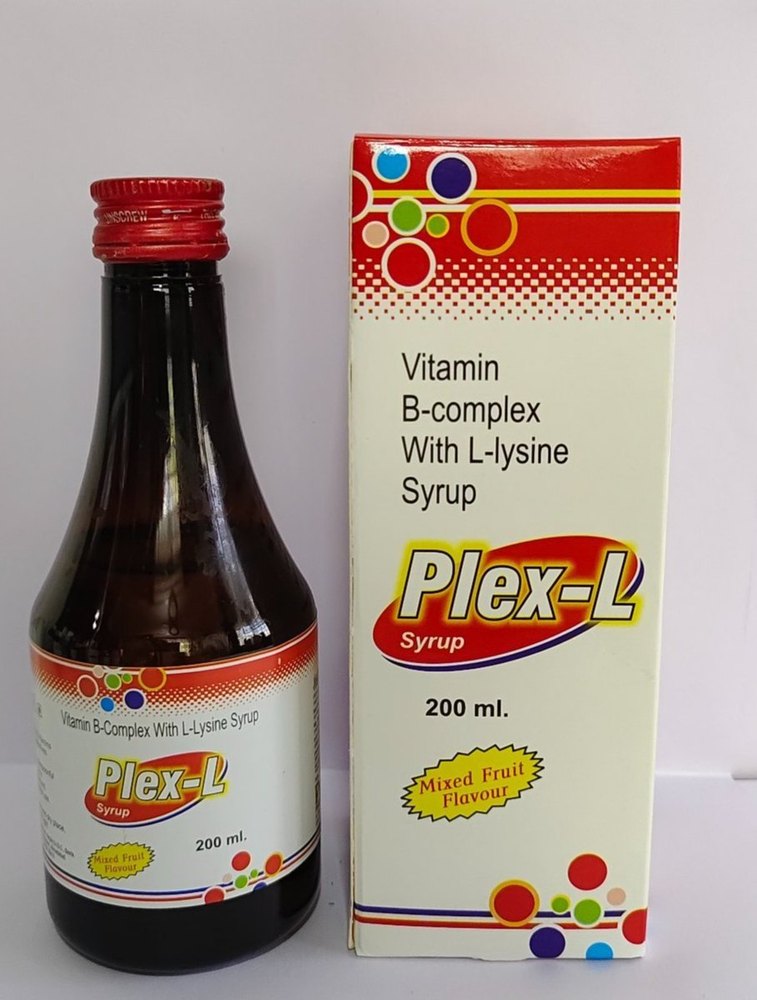Description
It appears that “LOREST 50MG” most likely contains Losartan 50mg as its active ingredient. Losartan is an Angiotensin II Receptor Blocker (ARB), a class of medication primarily used to treat high blood pressure and certain heart conditions.
Here’s a detailed breakdown:
Active Ingredient: Losartan 50mg
Drug Class: Angiotensin II Receptor Blocker (ARB)
Uses of LOREST 50MG (Losartan 50mg):
- Hypertension (High Blood Pressure): This is the primary use. Losartan helps lower elevated blood pressure, reducing the risk of serious cardiovascular events like heart attacks and strokes.
- Heart Failure: In certain cases, it’s used to treat heart failure, especially when patients cannot tolerate ACE inhibitors.
- Kidney Protection in Type 2 Diabetes with Proteinuria: Losartan can help protect the kidneys and slow the progression of kidney damage in adult patients with type 2 diabetes who also have high blood pressure and proteinuria (excess protein in the urine).
- Reduced Risk of Stroke: For patients with high blood pressure and left ventricular hypertrophy (enlargement of the heart’s main pumping chamber), Losartan can help reduce the risk of stroke.
How it Works:
Losartan works by blocking the action of a powerful hormone called angiotensin II. Angiotensin II causes blood vessels to narrow, leading to increased blood pressure. By blocking its effects, Losartan causes blood vessels to relax and widen, which lowers blood pressure and improves blood flow. This action also reduces the strain on the heart and can help protect the kidneys.
Dosage and Administration:
- The usual starting and maintenance dose for most patients is 50 mg once daily.
- It can be taken with or without food.
- For consistency, it’s often recommended to take it at the same time each day.
- The maximal antihypertensive effect may be attained 3-6 weeks after initiating therapy.
- Your doctor may adjust the dose (e.g., up to 100 mg once daily) or combine it with other antihypertensive agents, such as diuretics.
Common Side Effects:
- Dizziness (especially when standing up quickly – orthostatic hypotension)
- Headache
- Fatigue
- Cough (less common than with ACE inhibitors, but still possible)
- Nausea, diarrhea, indigestion
- Upper respiratory infection, nasal congestion
- Back pain, muscle and bone pain
- Hyperkalemia (increased potassium levels in the blood)
- Insonia
Serious Side Effects (Seek immediate medical attention if you experience these):
- Angioedema: Swelling of the face, lips, tongue, or throat, which can cause difficulty breathing or swallowing. This is a rare but serious allergic reaction.
- Severe Hypotension: Fainting, severe dizziness, especially if blood pressure drops too low.
- Hyperkalemia: Symptoms like unusual tiredness, weakness, irregular heartbeats, or muscle cramps. This is more likely in patients with kidney problems, those taking potassium supplements, or potassium-sparing diuretics.
- Kidney Problems: Worsening kidney function, changes in urine output, swelling in the ankles or feet.
- Liver Problems: Yellowing of the skin or eyes (jaundice), dark urine, persistent nausea/vomiting, severe stomach pain.
Warnings and Precautions:
- Pregnancy: Losartan is contraindicated during pregnancy. It can cause harm or death to the developing fetus, especially during the second and third trimesters. If you become pregnant while taking Losartan, stop the medication and contact your doctor immediately.
- Breastfeeding: It is generally not recommended during breastfeeding as it’s unknown if Losartan passes into breast milk and could potentially harm the infant.
- Kidney Impairment: Use with caution and dose adjustment may be necessary. Regular monitoring of kidney function and potassium levels is important.
- Liver Impairment: Use with caution and dose adjustment may be necessary.
- Dehydration: Severe dehydration (e.g., from vomiting, diarrhea, high doses of diuretics) can increase the risk of a sudden drop in blood pressure when starting Losartan.
- Driving & Operating Machinery: Losartan can cause dizziness. Be cautious when driving or operating machinery until you know how it affects you.
- Hyperkalemia Risk: Avoid potassium supplements, salt substitutes containing potassium, and potassium-sparing diuretics unless specifically instructed by your doctor, due to the risk of dangerously high potassium levels.
- Dual RAS Blockade: The combination of Losartan with other medications that block the Renin-Angiotensin System (RAS), such as ACE inhibitors (e.g., enalapril, lisinopril) or aliskiren (especially in diabetic patients), is generally not recommended due to an increased risk of hypotension, hyperkalemia, and worsening kidney function.
Drug Interactions:
Inform your doctor about all prescription, over-the-counter medications, herbal remedies, and supplements you are taking, especially:
- Potassium-sparing diuretics (e.g., spironolactone, triamterene, amiloride) and potassium supplements: Increased risk of hyperkalemia.
- NSAIDs (Nonsteroidal Anti-inflammatory Drugs) (e.g., ibuprofen, naproxen): Can reduce the blood pressure-lowering effect of Losartan and may worsen kidney function.
- Lithium: Losartan can increase lithium levels, potentially leading to toxicity. Lithium levels should be closely monitored.
- Other Antihypertensive Agents: Concurrent use can lead to an additive blood pressure-lowering effect.
- Certain antifungals (e.g., fluconazole) or antivirals (e.g., ritonavir) can increase Losartan levels.
LOREST 50mg is a brand of Losartan available in Nepal, including Letang, Koshi Province. As with all prescription medications, it’s essential to use it strictly as prescribed by your healthcare provider.
Additional information
| condition | Blood Pressure |
|---|---|
| form | Oral Tablets |
| strength | 50mg |






Reviews
There are no reviews yet.